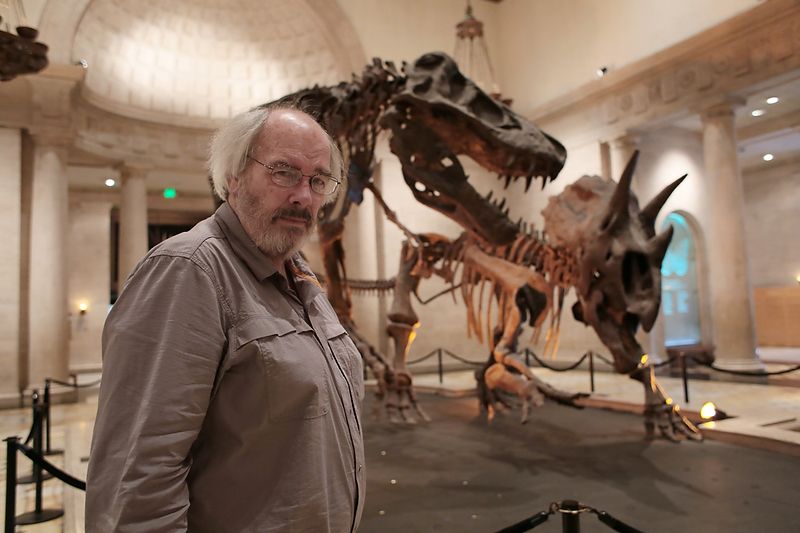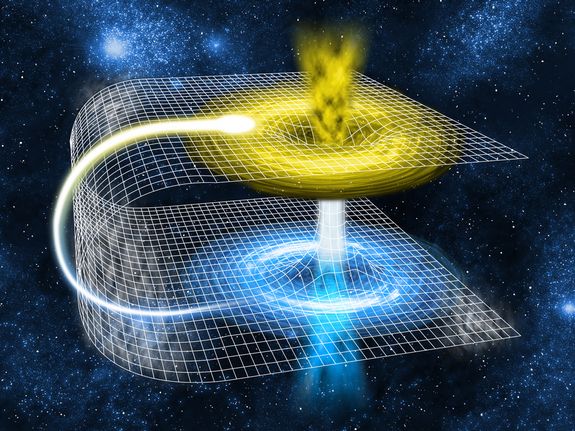Paleontologist Jack Horner participates in a “Jurassic World” Q&A at the Natural History Museum.
Here at Popular Science, we can’t wait to see Jurassic World, which opens in theaters nationwide today. I mean, who can resist velociraptor biker gangs:
But we were also curious about the real scientific research that inspired the movie. So we talked with Jack Horner, a noted paleontologist who has consulted on the entire Jurassic Park movie franchise, including Jurassic World.




